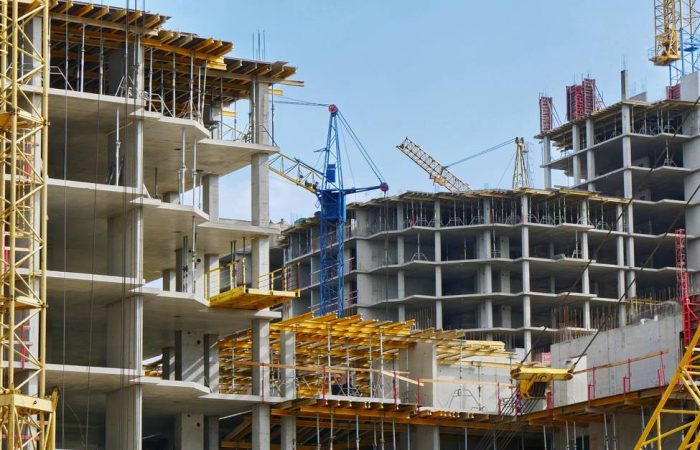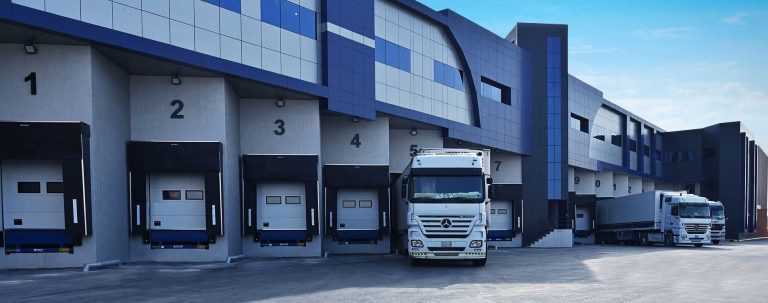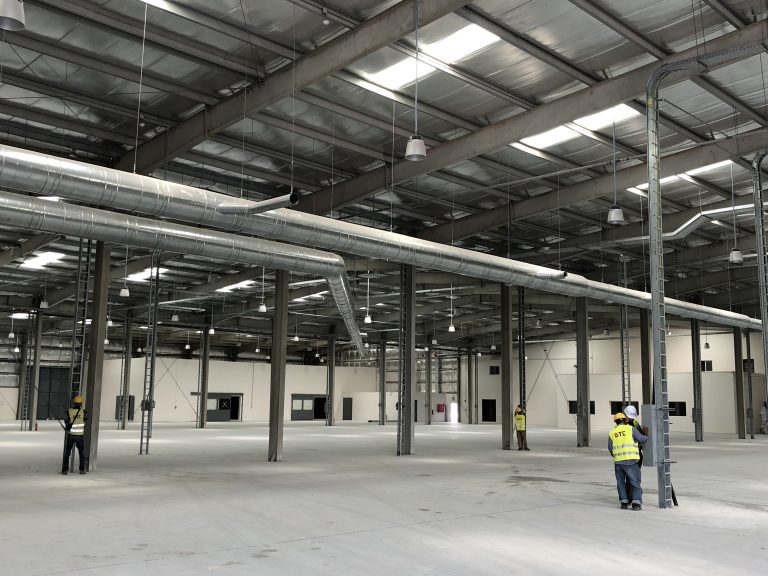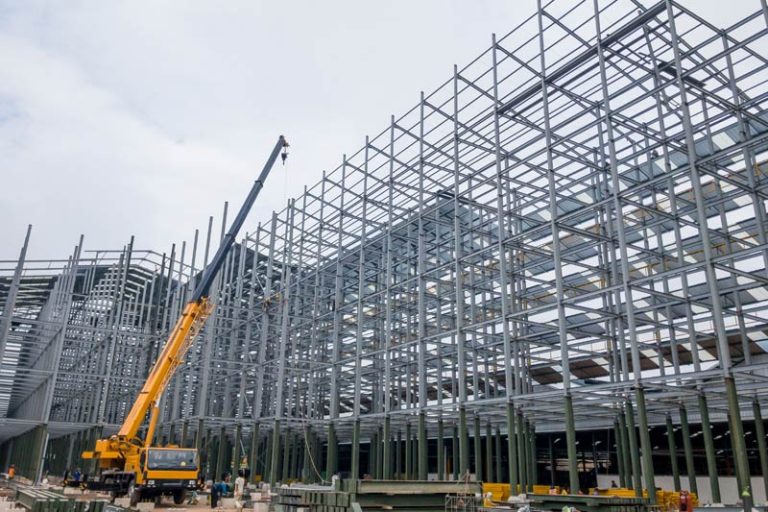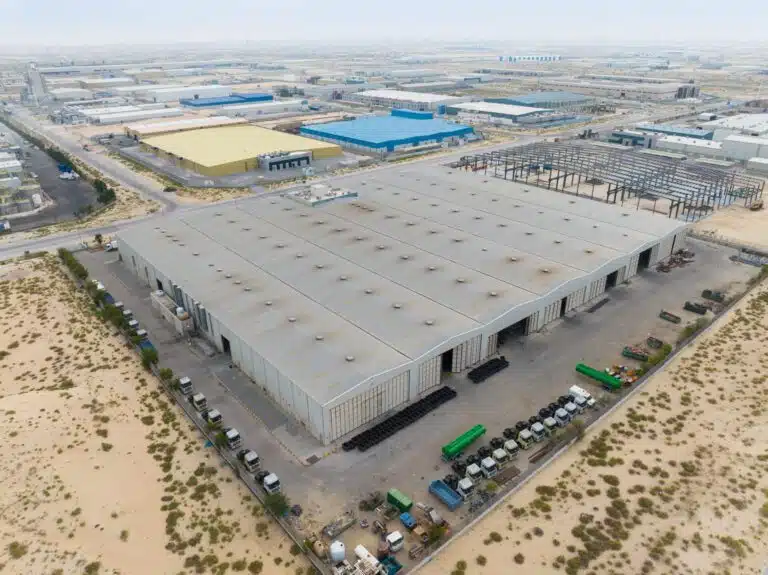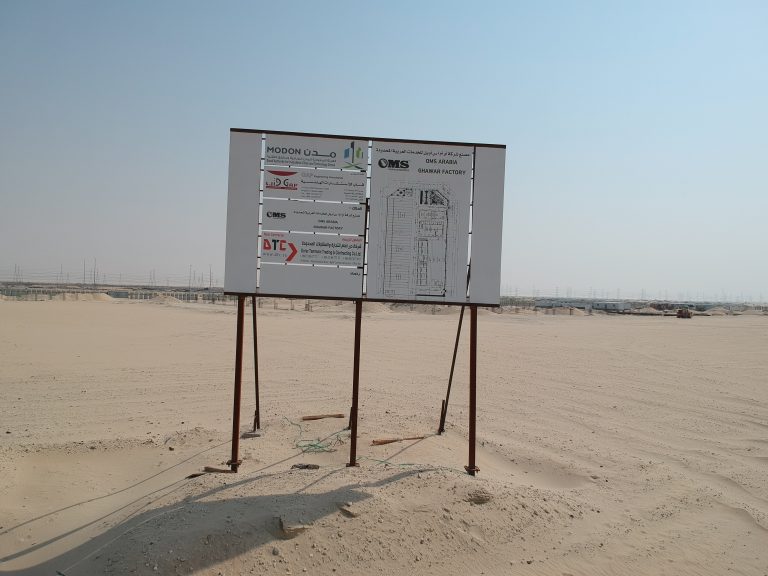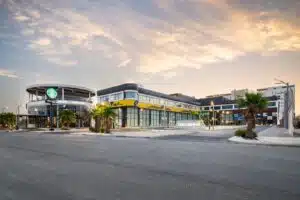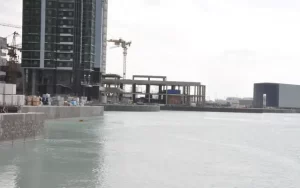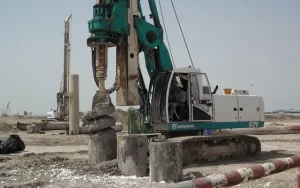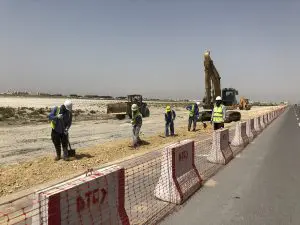Commercial construction is an ever-evolving industry where trends come and go. For the past few years, sustainability has been a major focus of these trends, with builders aiming to reduce waste, conserve energy, and create buildings that can last for generations. But what’s next? What building trends will dominate commercial construction in 2023? In this article we’ll explore the latest technology and design trends that are set to revolutionize the industry within the next three years. From prefabricated buildings to modular components and more, read on to find out what innovations you need to be aware of if you want your business to stay ahead of the competition.
What Is Commercial Construction?
Commercial construction is a broad term that encompasses the construction of many different types of buildings, including office buildings, retail stores, warehouses, and manufacturing plants. Commercial construction can also refer to the renovation or expansion of an existing commercial building.
There are many different factors to consider when embarking on a commercial construction project, such as the size and scope of the project, the type of building being constructed, and the budget. Commercial construction projects can be very complex, so it’s important to work with a team of experienced professionals who can help you navigate all the details.
Trends in commercial construction vary depending on the market and region. Some common trends include an increased focus on sustainability and energy efficiency, the use of prefabricated and modular components, and advances in technology that are changing the way buildings are designed and constructed.
Emerging Commercial Construction Trends
1. Modular construction is becoming increasingly popular in the commercial sector due to its cost-effectiveness and speed of construction.
2. Green building practices are also gaining traction, as more businesses look to reduce their environmental impact.
3. Technology is playing a big role in commercial construction, with new tools and applications being used to streamline projects and improve safety.
4. Project management is becoming an increasingly important part of commercial construction, as companies look to optimize efficiency and control costs.
5. Construction companies are also placing a greater emphasis on training and development, in order to keep up with the latest trends and technologies.
Modular Design
Construction projects are becoming more complex, making it difficult for construction managers to oversee all aspects of the project. To meet this challenge, many construction companies are using modular design.
Modular design is a construction method where various parts of the project are built off-site in a factory setting. These prefabricated modules are then transported to the job site and assembled together.
There are many advantages to using modular design, including:
1) Increased Efficiency: Modular construction is often faster than traditional construction methods. By building parts of the project in a factory setting, construction companies can avoid weather delays and other on-site issues that can slow down progress.
2) Reduced Costs: Modular construction can also save money by reducing waste and maximizing the use of materials. When everything is built in a controlled setting, there is less opportunity for material waste. In addition, because modular construction can be completed quickly, there are often fewer labor costs associated with the project.
3) Improved Quality: With modular design, each prefabricated module is built to precise specifications. This results in a higher quality product that meets the customer’s expectations. In addition, because all of the work is done in a factory setting, there is less chance for errors or defects in the final product.
Design Technology
Design technology has come a long way in recent years, and commercial construction has benefited greatly from these advancements. One of the most significant changes has been the move towards Building Information Modeling (BIM). This technology allows for greater accuracy and collaboration during the design process, which can lead to significant savings in time and money.
In addition, the use of 3D printing is becoming more common in commercial construction. This technology can be used to create prototypes or even final products, such as furniture or architectural elements. 3D printing can also be used to create custom parts or fixtures, which can be a big advantage when renovating older buildings.
Finally, virtual reality (VR) is starting to make its way into the world of commercial construction. VR can be used for everything from marketing and sales to training and education. It can also be used by architects and engineers to get a better sense of a space before it is built.
Green Building
As the construction industry becomes more focused on sustainability, green building is becoming an increasingly popular option for commercial projects. Green building is designed to reduce the negative environmental impact of a project by using sustainable materials and construction methods.
There are many benefits to green building, including improved energy efficiency, reduced water usage, and improved indoor air quality. Green buildings can also help to reduce the overall carbon footprint of a project. In addition, green buildings often have a lower operating cost than traditional buildings due to their improved energy efficiency.
If you are considering green building for your next commercial project, there are a few things to keep in mind. Firstly, it is important to select a reputable contractor who has experience with green building projects. Secondly, you will need to ensure that your project meets all of the necessary green building standards and regulations. Finally, you should expect to pay slightly more for a green building project than you would for a traditional project – but the long-term benefits are well worth it!
Remote Worksites
Now that we’re a few months into 2021, we’re starting to see some construction trends emerge. One of the biggest trends we’re seeing is an increase in remote worksites.
With the pandemic still raging on in many parts of the world, more and more companies are opting to have their employees work remotely. This means that construction sites are becoming more spread out, with workers living in different parts of the country or even different parts of the world.
This trend has a few implications for the construction industry. First, it means that construction companies need to be more flexible when it comes to where they build their projects. They can’t rely on having all their workers in one place anymore. Second, it means that communication and coordination are even more important than ever before. With workers in different time zones and working on different schedules, it can be hard to stay on top of things.
Finally, this trend is likely to continue even after the pandemic ends. Many people have realized that they don’t need to live in expensive cities anymore in order to work for a big company. They can work from anywhere with a good internet connection. This could lead to even more remote worksites in the future.
Autonomous Machinery
In recent years, commercial construction has seen a shift towards the use of autonomous machinery. This trend is being driven by a number of factors, including the need for increased efficiency and accuracy, as well as the desire to reduce labor costs.
Autonomous machinery can be used for a variety of tasks on construction sites, including excavation, material handling, and even demolition. This technology offers a number of advantages over traditional methods, including increased safety, reduced downtime, and improved productivity.
As the use of autonomous machinery becomes more widespread in commercial construction, it is important to partner with a supplier that has experience in this area. atlascopco.com is a leading provider of autonomous construction equipment, and we are here to help you take advantage of this exciting new technology.
Safety and Efficiency Sensors
There are a number of important sensors that commercial construction companies must take into account to ensure the safety and efficiency of their projects. These include:
-Temperature sensors: these are used to monitor the temperature of various materials during construction, in order to ensure that they remain within safe limits.
-Pressure sensors: these are used to monitor the pressure of fluids during construction, in order to avoid dangerous leaks or bursts.
-Flow sensors: these are used to monitor the flow rate of liquids or gases during construction, in order to avoid dangerous spillages or hazardous waste buildup.
-Light sensors: these are used to monitor the level of light exposure during construction, in order to protect workers from harmful UV rays.
Concerns In Commercial Construction
There are always new concerns that come with commercial construction. The top concerns for 2019 include:
1. Schedule Delays: Construction schedules can often be delayed due to a number of reasons including inclement weather, material delivery delays, lack of skilled labor, and more. This can cause significant financial losses for construction companies and can impact the quality of the finished product.
2. Cost Overruns: It’s not uncommon for commercial construction projects to experience cost overruns. This can be caused by a number of factors including change orders, material price increases, and unforeseen issues that arise during construction. Cost overruns can have a major impact on a construction company’s bottom line and can negatively impact its reputation.
3. Project Cancellations: In some cases, commercial construction projects may be canceled outright due to changes in market conditions or the client’s financial situation. This can lead to significant financial losses for construction companies and can result in a surplus of materials and equipment.
4. Safety Issues: Safety is always a major concern in the construction industry. Accidents on construction sites can cause injuries or even fatalities, which is why safety must be taken seriously at all times. Construction companies must implement strict safety protocols and procedures to protect their workers and minimize the risk of accidents occurring.
Supply Chain Issues
Commercial construction projects are often complex, with many different stakeholders involved in the supply chain. This can lead to coordination and communication issues, which can impact the project timeline and budget.
Working with a professional construction manager can help to mitigate these risks and keep the project on track. Construction managers have the experience and expertise to coordinate all the different aspects of a commercial construction project, from pre-construction through to completion.
If you’re planning a commercial construction project, be sure to work with a reputable construction manager who can help you avoid any potential supply chain issues.
Shrinking Workforce
As the Baby Boomer generation continues to age and retire, the workforce is shrinking. This is especially true in the construction industry, where many workers are older and nearing retirement age. The lack of younger workers is already having an impact on the industry, with projects taking longer to complete and labor costs rising.
The shortage of workers is expected to continue in the coming years, as the number of retiring Baby Boomers outpaces the number of young people entering the workforce. This will likely lead to even more project delays and cost increases. Commercial construction companies will need to find ways to attract and retain workers, or they will risk losing out on important projects.
Commercial Construction in Saudi Arabia
Saudi Arabia is the largest construction market in the Middle East, with a value of $79.3 billion in 2016. The commercial construction sector in Saudi Arabia is forecast to grow by 4.5% in 2017 to reach a value of $82.7 billion.
The Kingdom of Saudi Arabia (KSA) has experienced unprecedented construction activity in recent years with strong government support for economic diversification and development across all sectors, including healthcare, education, hospitality, retail, and tourism. Infrastructure development has also been a key focus area, with the government investing heavily in transportation projects such as airports, roads, and railways.
In the commercial construction sector, office developments have been the most active sub-sector in recent years due to strong demand from both local and international businesses looking to establish a presence in KSA. Retail construction has also been robust due to the growing population and rising disposable incomes. Hospitality construction activity has been driven by an increase in domestic and international tourism.
Looking ahead, the commercial construction sector is expected to continue its strong growth trajectory on the back of numerous mega-projects that are currently underway or in the pipeline. Key projects include the $1 billion Jeddah Economic City project, which will include office towers, hotels, retail space, and residential units; the $5 billion King Abdullah Financial District project; and the $7 billion King Salman Sports Complex project.

